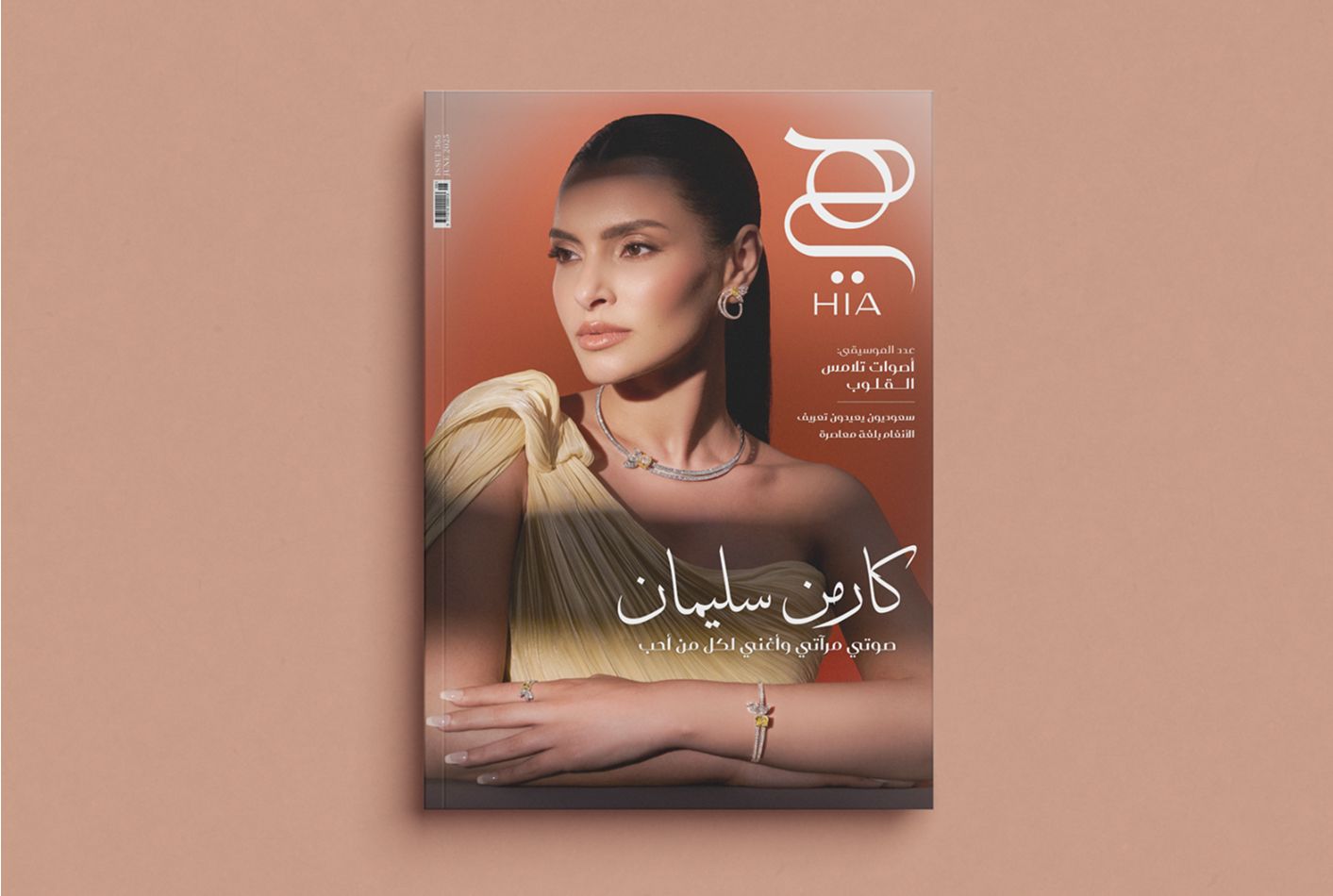Echoes of Tomorrow: How Music Shapes My Art
There are sounds that come from the future, and there are sounds that seem to have always existed—like whispers from another dimension. As a visual artist drawn to the poetic possibilities of science fiction and the elegance of classical forms, I live between those echoes. For me, music is not just background—it’s a portal. It shapes the emotional architecture of my creative process, the way a melody carves space in silence, or how a single note can illuminate a world.
My love for music began, perhaps like many others, in childhood—with classical compositions that felt like fairy tales for the soul. But over time, this connection evolved into something more abstract, more expansive. Today, when I paint, I often find myself listening to Joe Hisaishi’s scores—his music, especially for Studio Ghibli films, has the ability to touch both innocence and longing. There’s something inherently futuristic in its simplicity. It doesn’t speak of machines, but of emotions that transcend time.
At the same time, I’m drawn to the sweeping emotional landscapes of opera. Edvard Grieg’s Peer Gynt, with its Nordic melancholy and mythic grandeur, resonates with the kind of stories I tell on canvas—myths not of ancient gods, but of space travelers, of urban dreamers floating in their own private galaxies. His music has that rare quality: it carries both stillness and motion, like time unfolding slowly under a velvet sky.
Two artists from the past deeply resonate with this intersection between sound and vision. One is Wassily Kandinsky, who believed that painting could express music—that color had tone, and that shapes had rhythm. His abstract compositions feel like symphonies on canvas, vibrating with emotional energy. Kandinsky’s work gives me permission to think beyond form, to treat painting as a sensorial experience that flows like music across time and space.
The other is Mikalojus Konstantinas Čiurlionis, the Lithuanian composer and painter who lived between worlds—musical and visual, real and dreamlike. His paintings often feel like visual scores, full of harmony and atmosphere. He didn’t just illustrate music—he embodied it, channeling the soul of both art forms into unified poetic visions. In many ways, Čiurlionis reminds me that the artist is always a bridge—between senses, between eras, between realms.
In the world I imagine, art is not separate from music, or from architecture, or from dreams. They all form one orbiting system—like planets around the same sun.
MARINA FEDOROVA
